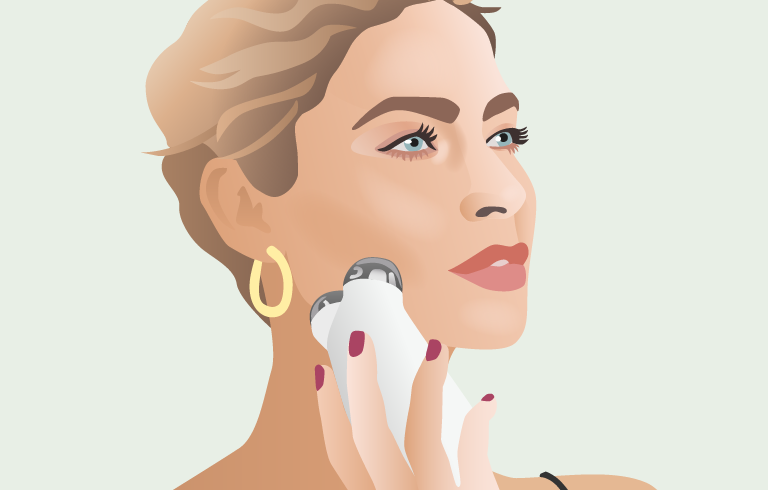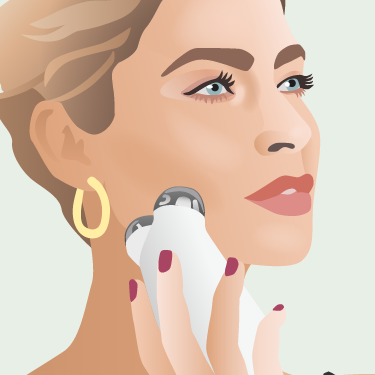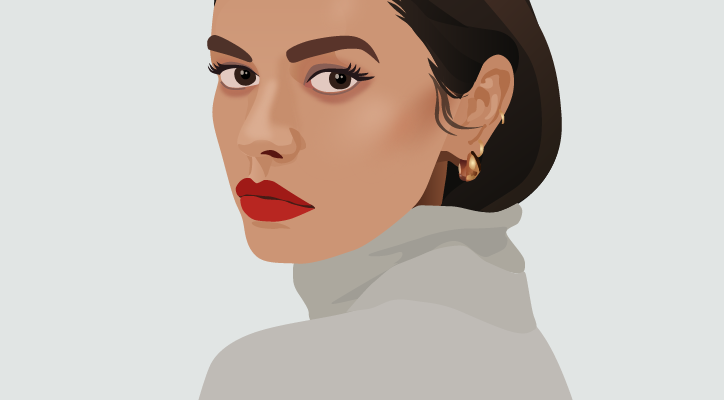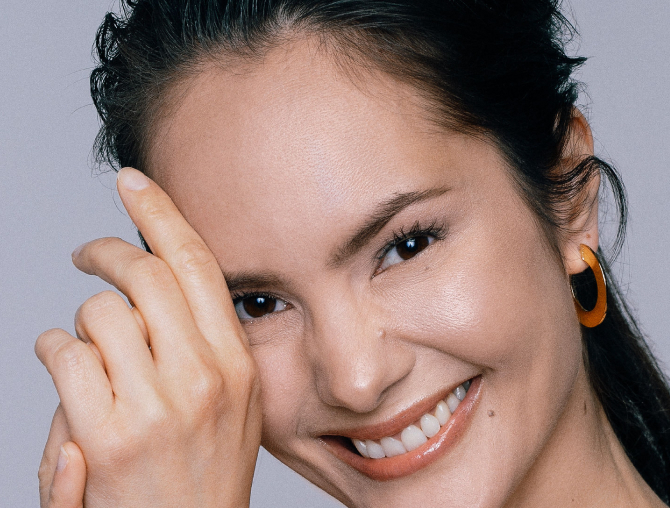We’re definitely living in a time where we’re trying to find a natural alternative to a lot of things. We search for organic foods and wines. We hear slogans like “breast is best” for moms. It’s not difficult to find natural soaps, deodorants, hair products—you name it. We don’t want to fill our bodies with chemicals or things that are unnecessary and could in some cases be detrimental to our health. And the quest for all that is natural does not stop at skincare. We don’t want to put bad products on our faces either.
We are all for natural at MD Beauty Clinic. That’s why we love Miracle 10 Skincare products that are paraben free and fragrance free. But we also like being realistic and we love products and treatments that are backed by science. We always want to give you the best product and the best treatment for you, and we always want to give you the most natural look possible. But we want it to work effectively and long term.
Facial Massage and Cultural Appropriation
The latest trend that’s been gaining traction in the cosmetic industry, driven by celebrities like Meghan Markle as well as beauty bloggers and influencers who swear by it, are facial massages. Facial massages accompanied with the appropriate facial massage tools like jade rollers, crystals, and gua sha have garnered a lot of interest when it comes to overall skin rejuvenation. They’re said to effectively increase circulation, reduce the appearance of puffiness, relieve tension, promote lymphatic drainage, and even boost collagen production resulting in tighter and brighter skin, and an improvement in overall skin texture and tone.
At the same time, we’ve seen the facial massage trend go as far as beauty gurus dedicating their IG profiles to claiming you can totally reshape your face with specific motions or techniques or claiming to show how to “strengthen” the nose muscles to give it a straighter appearance.
Now we’re not saying that facial massages don’t actually have benefits. They certainly do, and what’s unfortunately been erased from the current trend is that they have a very long and complex history rooted in traditional Chinese medicine and ancient Chinese healing techniques.
Gua sha, for instance—which is currently being marketed and let’s face it culturally appropriated by mostly white people as a soothing, uplifting, and revitalizing massage with numerous skin rejuvenation benefits—was actually quite a painful healing technique used to nurse someone back to health after a heatstroke or a cold virus.
In a recent Vogue article, Meng Jin, whose aunt performed it on her in order to release the toxins that were making her feel sick because of heatstroke, writes that, “traditionally, gua sha could be performed with whatever tool was on hand—an animal bone or horn, a soup spoon, a coin—and was often used as far back as the Yuan Dynasty to revive farmers who collapsed with exhaustion from working under the hot sun.”
The skin benefits of gua sha were actually discovered later and were an accidental side benefit of the treatment, but are now the driving force of culturally appropriating and reselling the technique as a new anti-aging treatment without the scientific evidence to back its effectiveness in this area.
Can Face Massage Change Your Facial Appearance?
There has also been a tendency to compare face massage and facial massage tools to Botox and other skin injectable treatments. Rumour has it that you can replace your regular Botox and other in clinic treatments with the facial massage and you’ll see the same benefits.
That would be super nice, but again, we have no science to back this claim. These observations are often purely anecdotal and come from celebrities who have, well, usually more money than we do to experiment with various options that may or may not work. Not to mention, they most likely also have a lifestyle that allows for more time for self-care and potentially less exposure to the harsh elements that can age us more quickly.
If you really want to get into the nitty gritty of it: let’s say what you’re looking to combat is fine lines and wrinkles, and you have regular Botox injections to address this particular issue. Enter the facial massage, and all of a sudden you hear that there’s a natural alternative to Botox. The thing is that the two do completely different things. Botox reduces muscle movement and succeeds in weakening the muscles below the surface of the skin in order to reduce the amount of movement your facial muscles make, thus preventing the creation of new lines and wrinkles on the face.
The facial massage, on the other hand, and the exercises associated with it strengthen your muscles and encourage facial movement. That’s kind of the point of the massage. Increased blood circulation wakes things up.
Here’s the thing. If you massage any part of your body it’s going to increase blood flow and make the skin in that area look better, but it’s going to look better for a few hours, not a few months or years.
The other thing is that a lot of people are under the impression that facial massages and the tools that go with them are somehow cheaper, or that you can just do it yourself at home. If you get frequent facial massages, then you know that they’re not cheap. If you want to do it yourself at home then you’re most likely spending money on tools and technologies, and possibly using products that might make your skin worse not better (olive oil is not for all skin types!).
The point we’re trying to make is that if you’re following a solid at home skincare routine and combining that with good in clinic treatments, then you don’t really need to shell out the extra dollars for any special tools and technologies for your skin. They aren’t going to make a big difference.
Facial massages feel good. So get ’em. But they probably aren’t going to result in any appreciable changes to your skin’s quality, texture or tone, so just don’t let your expectations overstep reality.







